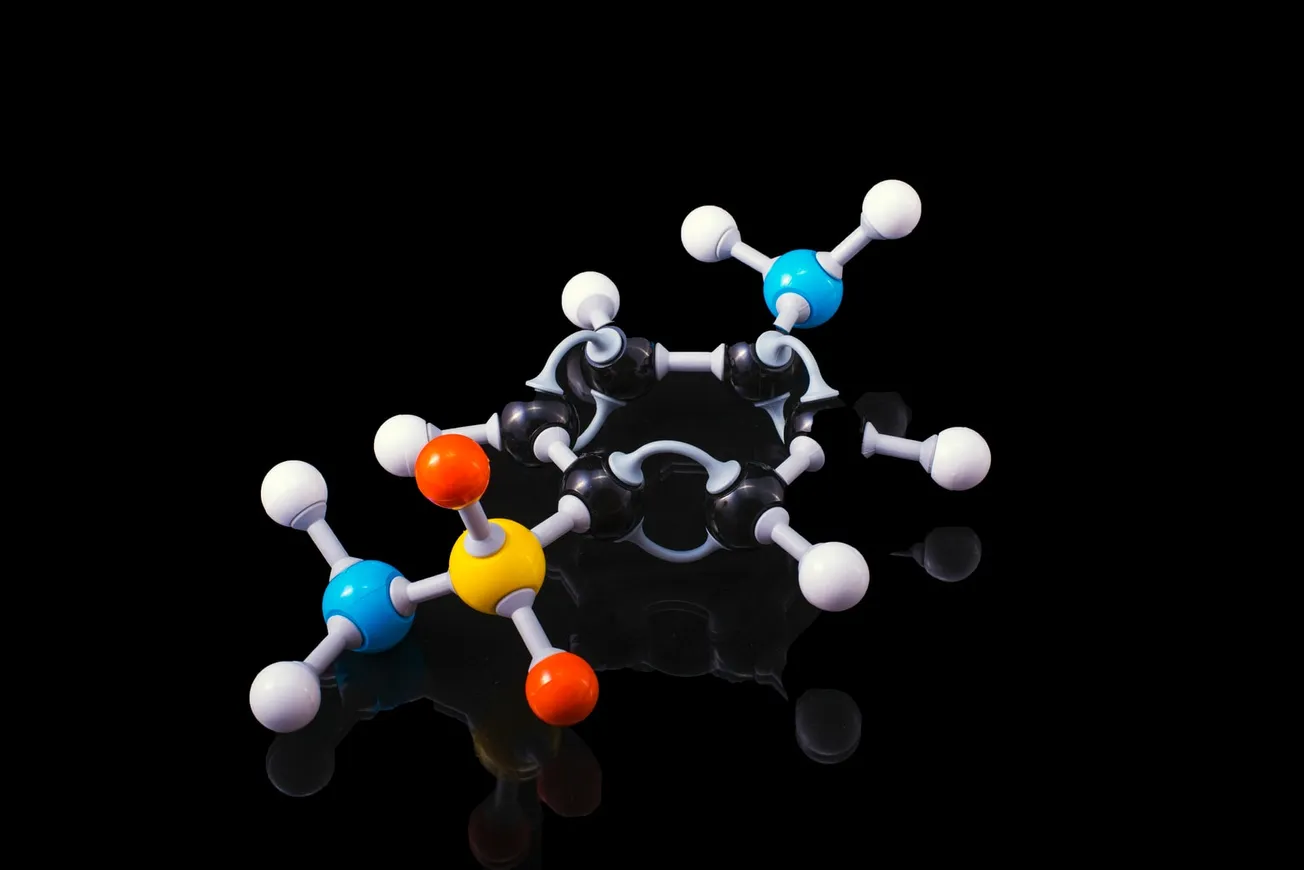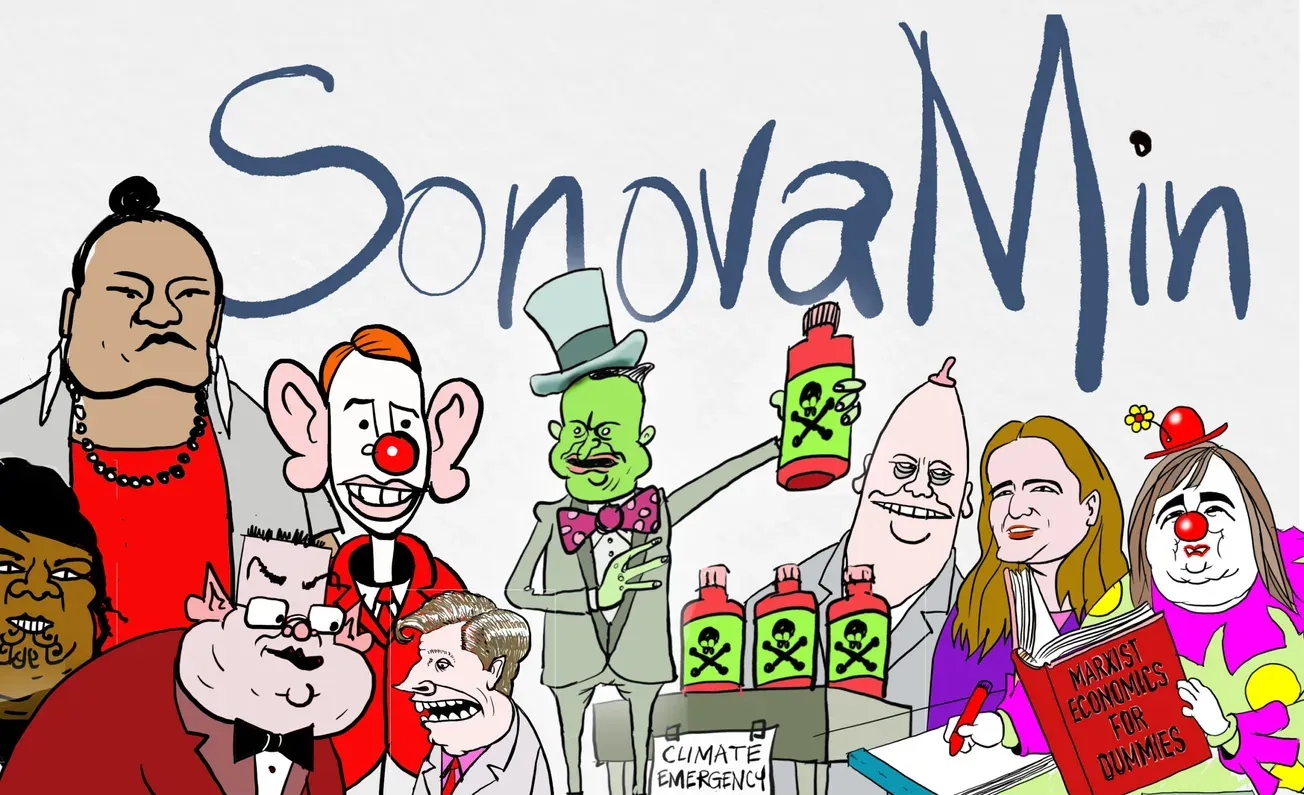Frank Lasee
CFACT policy advisor Frank Lasee is an expert on energy and environmental issues. His articles have appeared in the Washington Examiner, Washington Post, Real Clear Energy, Town Hall. He has been a guest on TV and radio news. He is the president of Truth in Energy and Climate. Frank Lasee served as a Wisconsin State Senator and in Governor Scott Walker’s Administration.
The White House has awarded $7 billion dollars of tax money for the first seven US hydrogen hubs. They say it will leverage six times as much in private money. Yet, the rules only require a 50/50 match. So, $7 billion in private money is far more likely. Why risk more than you have to?
Green hydrogen is risky because it costs at least five to seven times more to make than the methane reforming method, which makes nearly all hydrogen today. That is $5 to $7 versus $1 for a kilogram.
Hydrogen infrastructure and demand doesn’t exist. It will need to be created, and because it is far more costly, it will require taxpayer money, too. Green hydrogen costs more, even with all the aggressive taxpayers giveaways.
All of these billions are added to our unprecedented $33 trillion dollar debt. Because we are spending money we don’t have, and more inflation is caused. This year, we have crossed a line where interest payments are more than our national defense budget. And there is a lot of need for a strong military right now.
Debt interest is projected to be more than a trillion dollars a year by the end of the decade. And Washington, led by Biden, wants to spend even more money we don’t have. Trillions, in fact. Leading to even more inflation.
The green dreamers have a fantasy that we can make “green” hydrogen from the part-time, undependable wind and solar electricity. They produce little or no electricity 70 per cent of the time. When the wind isn’t blowing and the sun isn’t shining, there isn’t any electricity to run the industrial processes needed to make lots of hydrogen.
Hydrogen must be made; it is not a fuel. It is a storage device, like a battery. If not handled properly, it can go boom! In a great big ball fire.
Remember the Hindenburg.
And it embrittles nearly every metal it comes in contact with. And it will go right through glass and plastic.
It needs 13 times more water than hydrogen made. And 40 times more water to cool it. So, it is a pretty dumb idea to give a billion to California. Which is chronically short of water and doesn’t want to desalinate oceans at an additional cost. It is a good idea to locate hydrogen facilities near abundant water, not in chronically short of water Utah.
Then, the water must be heated to 2,000 degrees and electrocuted. Then, the hydrogen must be super chilled to near absolute zero. Then it’s compressed to 10,000 psi, three times the pressure of an average scuba tank. Then you have usable, super-cold, compressed liquid hydrogen.
This is an expensive, energy-intensive process. It isn’t a process that can be turned off when the wind stops and the sun sets and be easily turned back on. Making hydrogen the green way can take as much as 40 to 60 per cent of the energy the hydrogen will provide. So, it is costly and inefficient. Just to store electricity.
Green hydrogen sounds good. Proponents cover up the facts and mislead people to get the government and investor gravy train flowing to keep them in business.
Back in 2004, Bush spent $1.7 billion on hydrogen. That is about $2.8 billion in today’s dollars. We don’t have much to show for this.
The hydrogen lobby duped Congress into $9.5 billion for hydrogen hubs and $100s of billions more for subsidies to make it. These hydrogen jobs will last only as long as the subsidies do. Then, like the Obama US solar revolution, they will go bankrupt.









